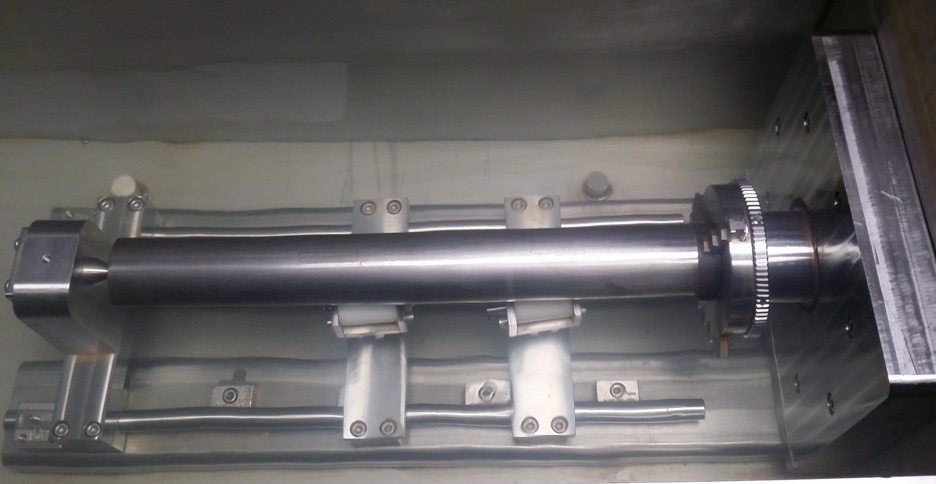Clean Steel Technology | Gerdau Website

How Clean Steel Is Measured
Non-destructive testing of the steel bars prior to its use, utilizing methods such as automatic ultrasonic inspection and magnetic flux leakage testing, is the first filter to understanding steel cleanliness and offering feedback for process improvement.
Even the cleanest steels produced today will have some small level of impurity, which is inherent to the process. Therefore, it is important to understand the cleanliness of the steel and its ability to satisfy the fit and function of the end product. Both size and location of inclusions can influence the final performance. The level of steel cleanliness that is acceptable to a certain product may not be acceptable to others.
For instance, bearings, gears and shafts each have unique production processes with their own particular product testing needs. Fatigue testing is a good example. In addition to traditional bending, torsion and push-pull fatigue testing, more specific tests, such as rolling contact fatigue testing for bearing products and tooth bending fatigue testing for gears, may be required.
Historically, indirect methods were used as a correlation to cleanliness, such as oxygen content in steel and nitrogen pickup. The concept is that the less exposure steel has to the atmosphere, the lower the oxygen and nitrogen pickup, thus the cleaner the steel. Today, this concept has evolved to include different types of characterizations and has created more discussion around this correlation.
Traditional measurements of steel cleanliness, such as ASTM E45, ISO 4967 and JIS G 0555, have been complemented by acid dissolution tests, spark-dat (OES-PDA) testing, automated scanning electron microscope (SEM) analysis, extreme value analysis (EVA) and immersion ultrasonic testing.
Recent investigation techniques are now considering inclusions as small as 1 micron. Additionally, the inclusion composition can be determined by automated SEM features, which plot the inclusions’ chemistries and sizes in customized ternary diagrams. This is being used today as a tool for process feedback and also research.
Another good example is the immersion ultrasonic testing. Frequencies from 10MHz to 100MHz are used to investigate the amount of inclusions in a certain volume of steel. This is a significant development considering these microscopic inclusions were previously determined with polished cross-sections and microscopes. Now a much larger volume with a true representation of the lot of steel can be reliably evaluated.